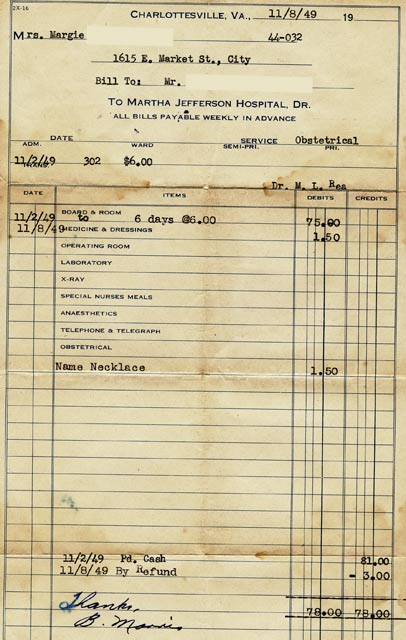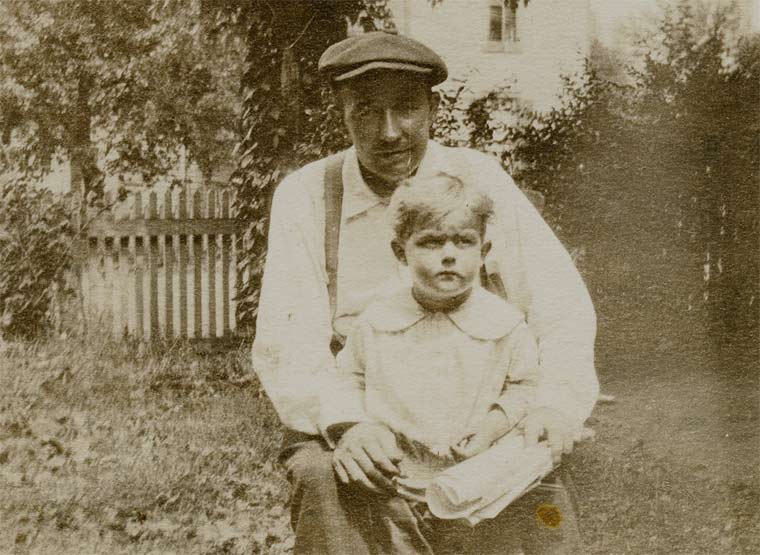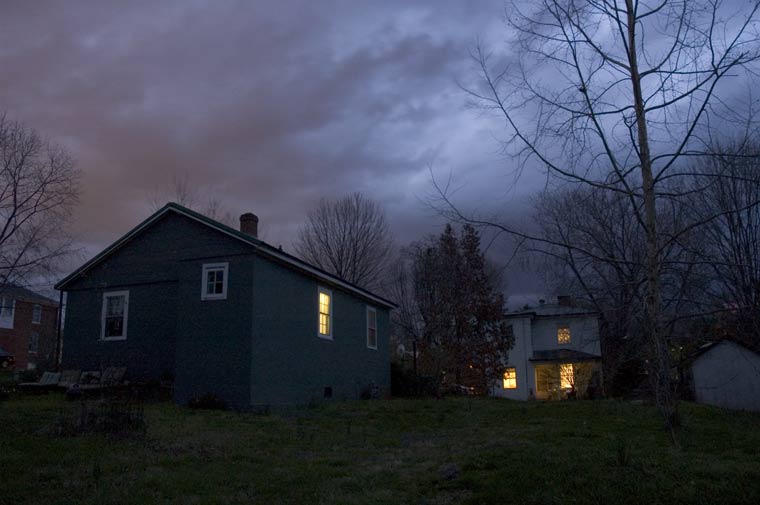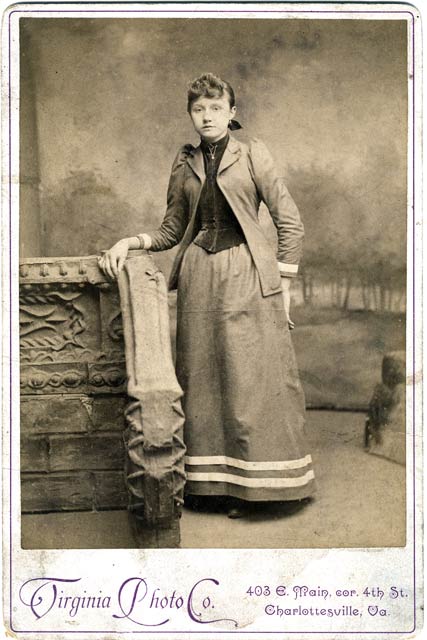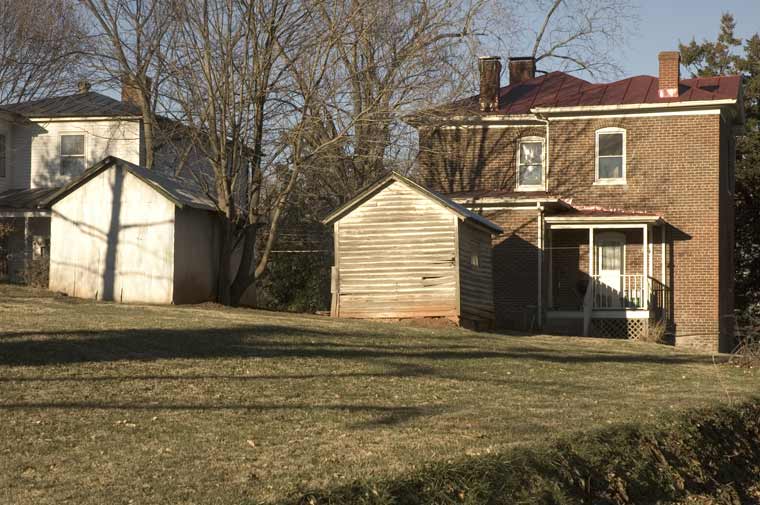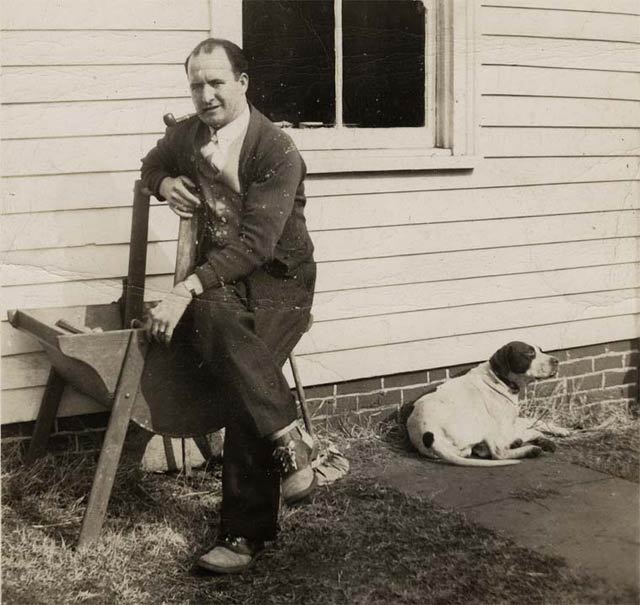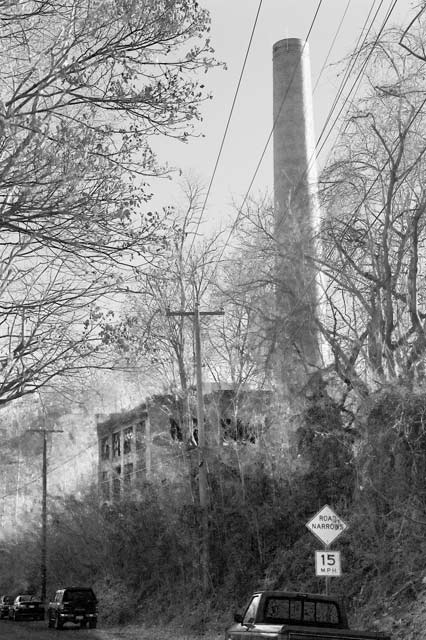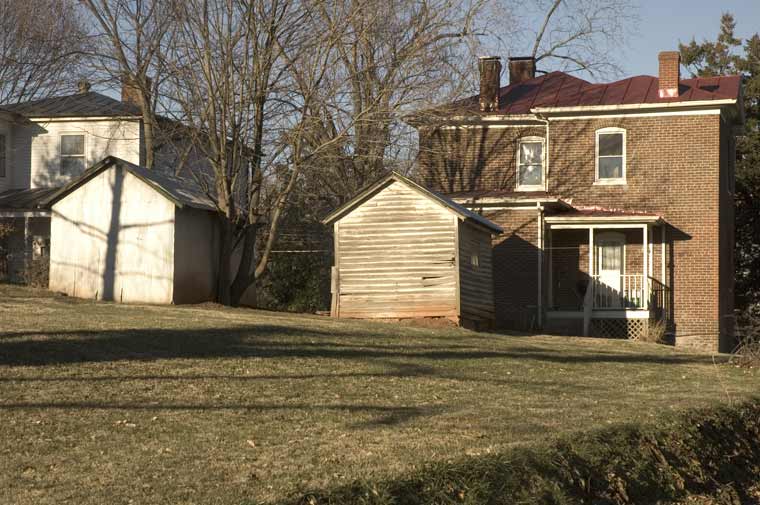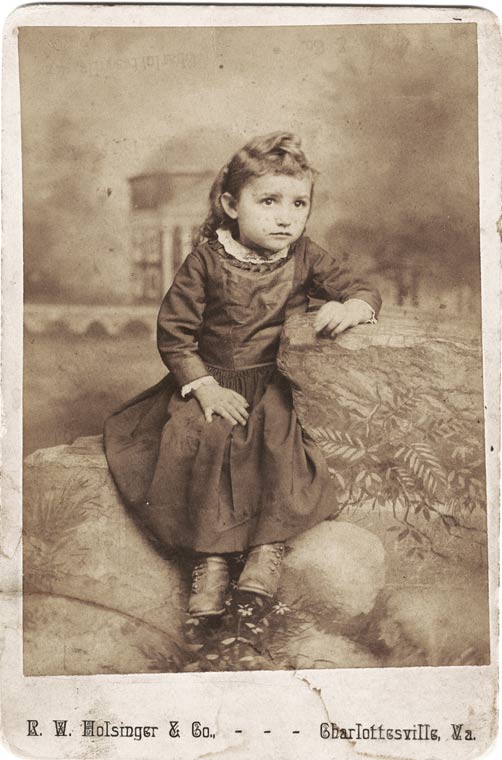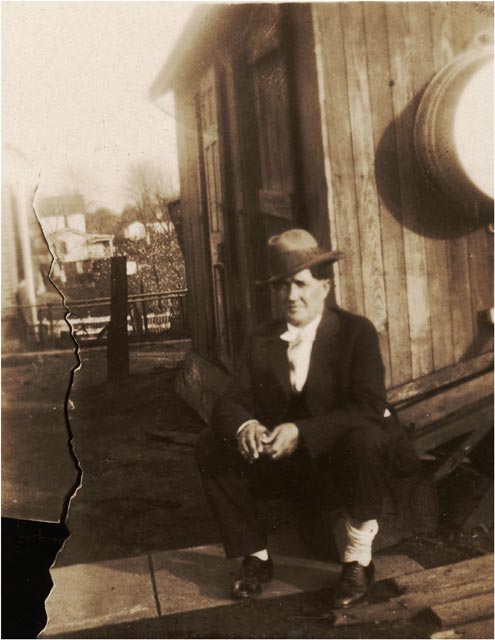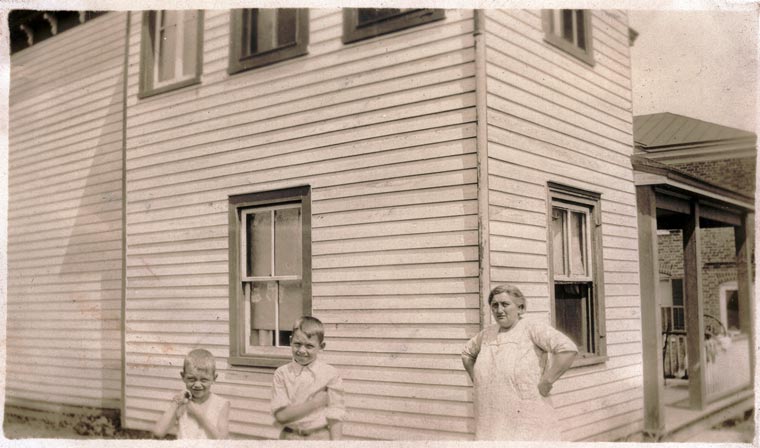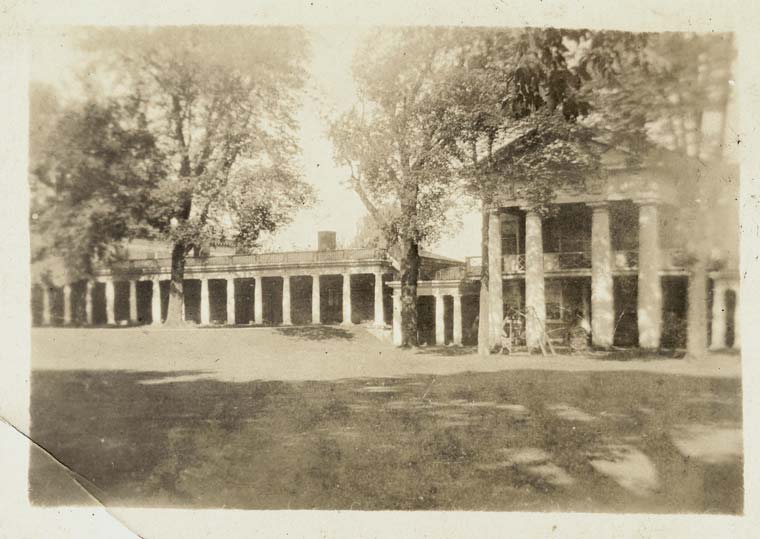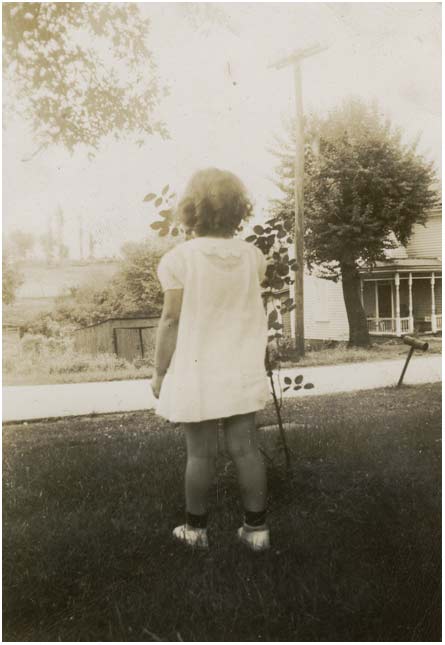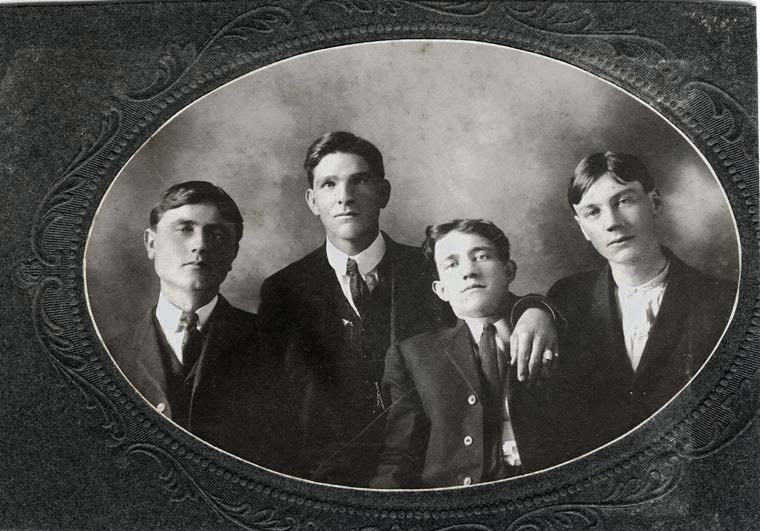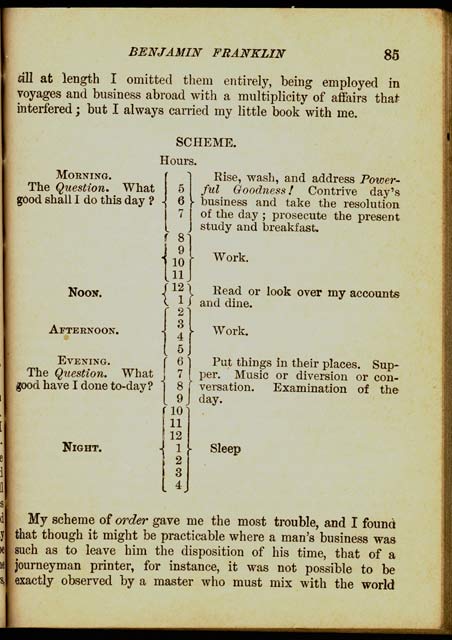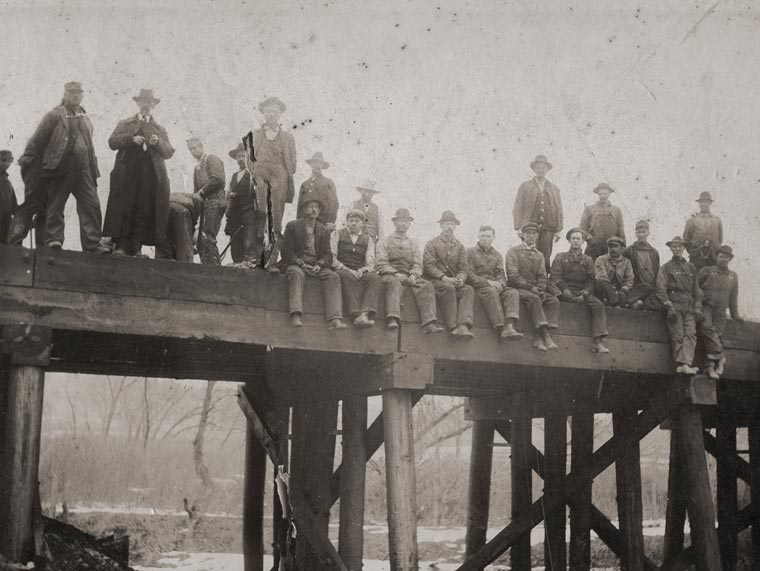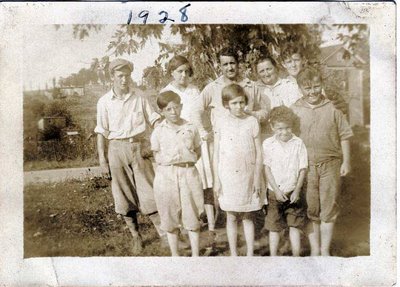New names
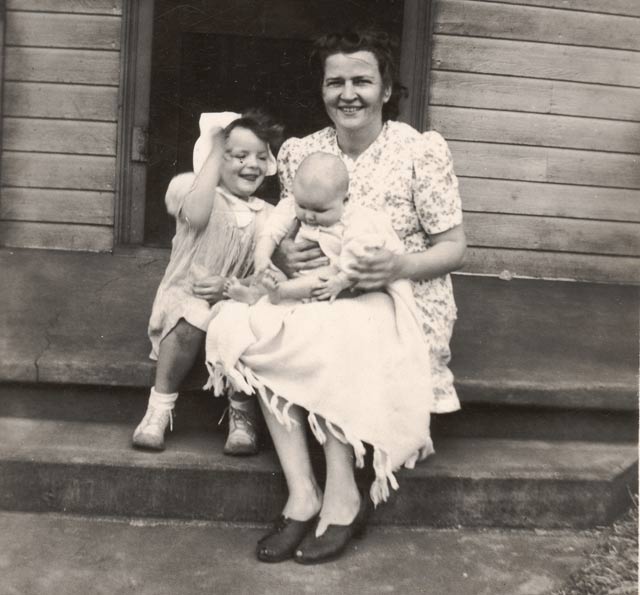
Jean, Brenda and Annie Baltimore, 1707 Woolen Mills Road
The arrival of Northern investors was the only major change in the management of the mill before 1910. As noted above, these men entered the company by accepting stock in payment for machinery. Such a move was not unusual or new. Many Southern industries, especially cotton mills, found this an excellent way to entice southward some of the Northern capitalists who were at that moment eagerly seeking opportunities for investment.
New names now appeared on the Woolen Mills directory. Among them was an old friend, C. A. Furbish. He purchased large holdings of common and preferred stock and until 1896 assumed the role of adviser to Marchant. Furbush became the first vice-president of the company, a new office, bringing no compensation, which was created in 1883 to ease some of the responsibilities of the president.--Harry Poindexter
Labels: Baltimore, Poindexter History, WMRd people
